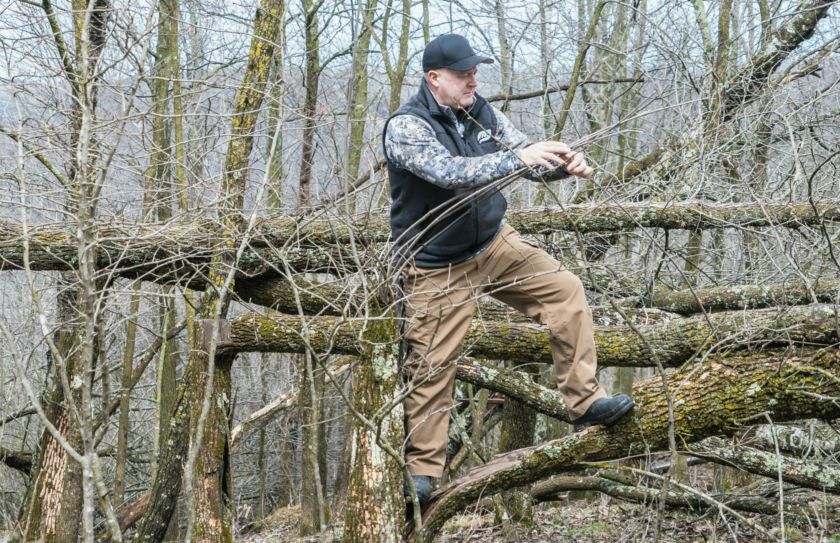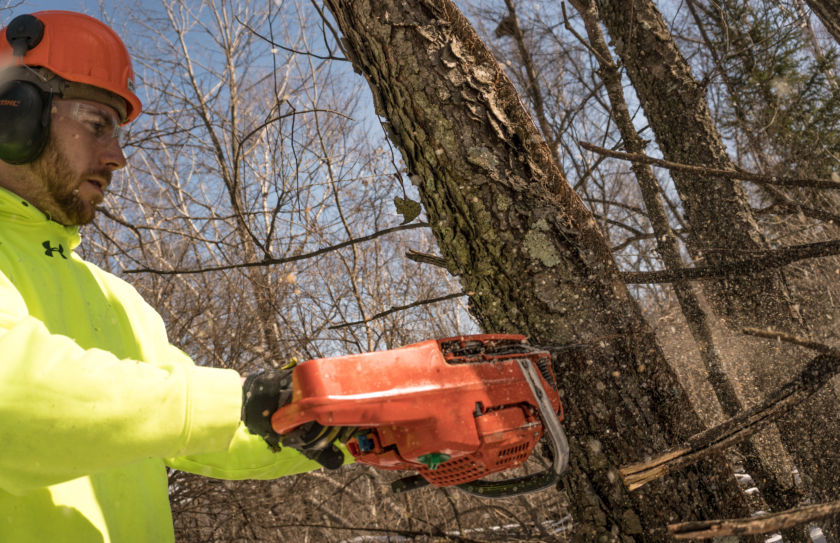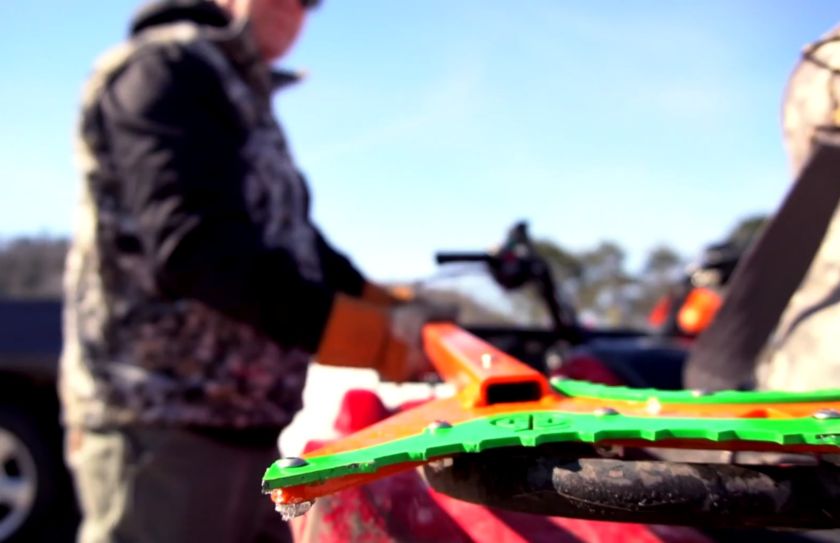Creating hinge cuts for whitetails, where appropriate, can be one of the most important habitat improvement activities for your hunting land. However, have you completed this priority checklist before you begin to create your next cut? These are just the basics, but they will make sure that you are headed in the right direction, for keeping you and the local deer herd happy.
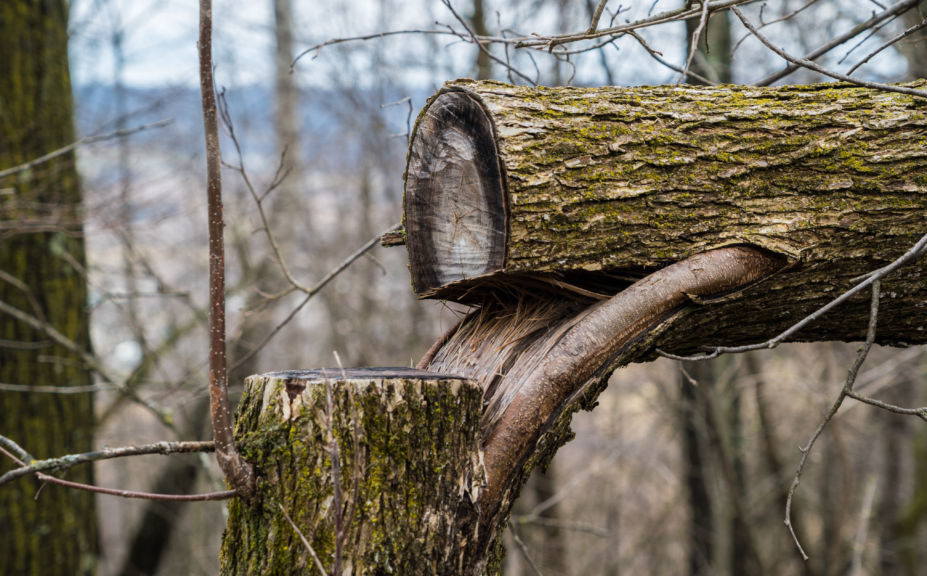
Hinge Cut Creating Priority Checklist
Hinge cuts for whitetail bedding areas and travel corridors are more than just fad or fiction. Even so, there are 3 basic priorities that you need to explore, before ever firing up your saw.
1. The Right Whitetail Hinge Cut Habitat
Giant hardwoods and any conifer species, need not apply! 3-8" diameter species of oak, maple, ash, hickory, basswood and box elder are some of my favorite choices for potential hinge cut creations. If you choose your species of tree to hinge wisely and make sure that they receive a minimum of 7-9 hours of sunlight per day, you can maintain your cuttings for decades to come. Even more importantly tho, why hinge cut in the first place?
2. Side Cover Cutting Priorities
Every whitetail parcel needs side cover. Side cover comes in many forms, shapes and sizes, including: Conifer, earthen berms, topography, various grasses, weeds, shrubs and hinge cuts. Side cover screens deer from you and just as importantly, each other.
3. Deer Browse By Hinge Cut
Just as important as side cover, is deer browse. Hinge cuts can create exceptional levels of daytime whitetail forage! Daytime forage is a critical component of deer bedding areas. Deer need to forage twice during the daytime and without adequate forage, they will be forced to find adequate browse elsewhere. Hinge cuts can easily meet the forage needs of the deer on your land!
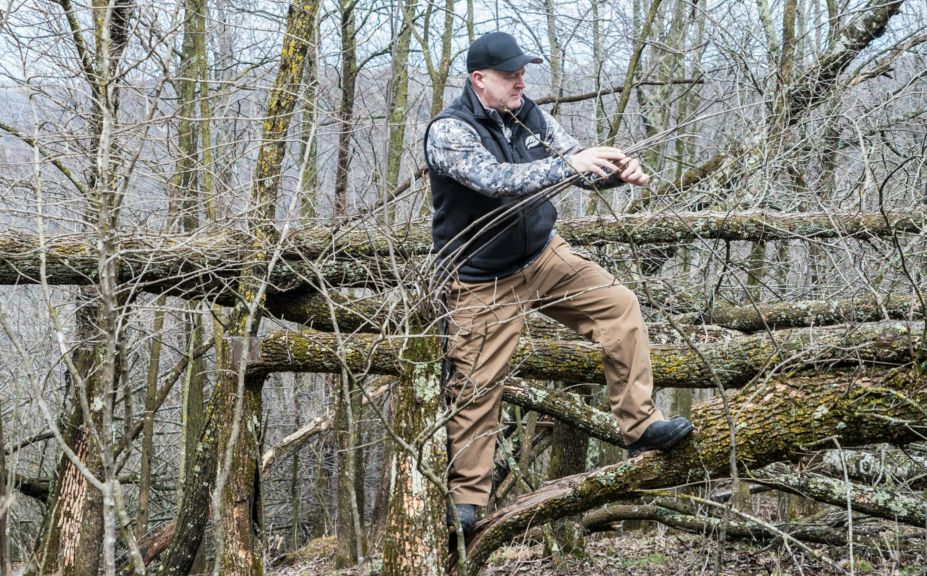
*Why create high hinge cuts? In this case I had to climb a bit, to reach the bountiful amounts of browse and side cover, provided by this particular cut. While high cuts may make for a cool picture, they may be missing their mark when it comes to feeding or hiding deer.
Have you hinge cut at the right height?
For deer to experience the optimum levels of both side cover and browse, don't forget to complete your cuttings head-high! Well, head for a deer that is. It will do you or the deer little to no good, if your hinges begin much higher than your waist. In the example above the hinges work because of the rise of the ridge above the cuts, but the majority of your cuts should be below your belly.
Conclusion
Great hinge cut creations are only truly great, if the right species are chosen, while producing effective deer-hiding side cover and deer-high browsing opportunities.
Not every parcel should have a hinge cut created on it. Is one right for you? Make sure that you at least explore the hinge cut priority checklist discussed above, before you begin.
By Jeff and Dylan
